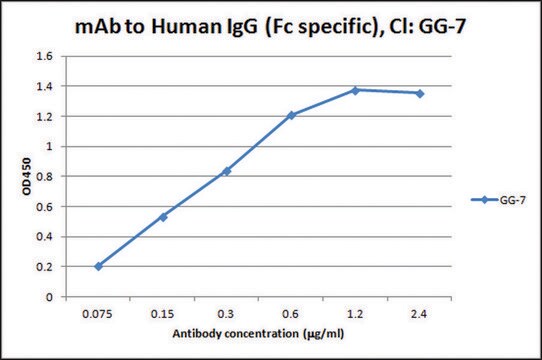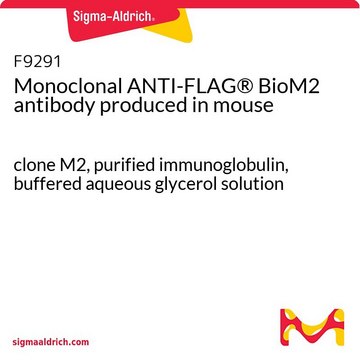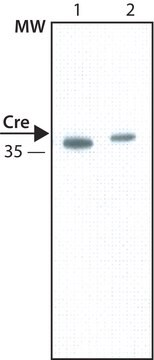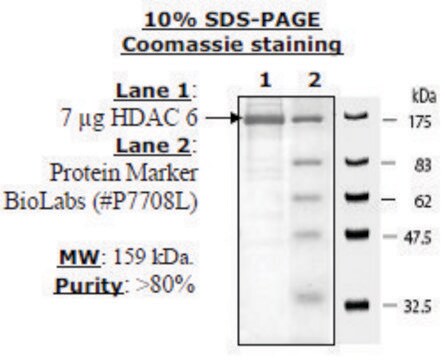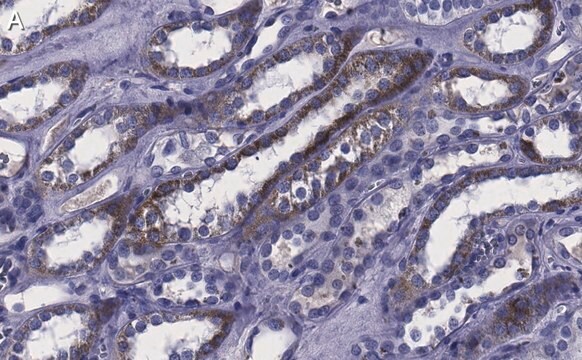05-163
Anti-PLCγ-1 Antibody
Upstate®, from mouse
Synonym(s):
1-phosphatidylinositol-4,5-bisphosphate phosphodiesterase gamma 1, Phosphoinositide phospholipase C, Phospholipase C-gamma-1, monophosphatidylinositol phosphodiesterase, phosphatidylinositol phospholipase C, phosphoinositidase C, phospholipase C gamma 1,
About This Item
B-20-3, monoclonal
B-6-4, monoclonal
D-7-3, monoclonal
E-9-4, monoclonal
IP
WB
immunoprecipitation (IP): suitable
western blot: suitable
Recommended Products
biological source
mouse
Quality Level
antibody form
purified immunoglobulin
antibody product type
primary antibodies
clone
B-2-5, monoclonal
B-20-3, monoclonal
B-6-4, monoclonal
D-7-3, monoclonal
E-9-4, monoclonal
species reactivity
mouse, human, bovine, rat, rabbit
manufacturer/tradename
Upstate®
technique(s)
immunocytochemistry: suitable
immunoprecipitation (IP): suitable
western blot: suitable
isotype
IgG
NCBI accession no.
UniProt accession no.
shipped in
wet ice
target post-translational modification
unmodified
Gene Information
human ... PLCG1(5335)
General description
Specificity
Immunogen
Application
4 µg of a previous lot of antibody immunoprecipitated PLCγ-1 from non-stimulated A431 cell lysate, previous lots immunoprecipitated PLCγ-1 from rabbit brain cytosol preparation.
Immunocytochemistry:
5-10 µg/mL of previous lots of this antibody detected PLCγ-1 on ethanol-acetic acid [95:5] fixed A431 cells.
Signaling
Lipid Signaling
Quality
Western Blot Analysis:
0.5-2 µg/mL of this lot detected PLCγ-1 in human A431 carcinoma cells; previous lots detected PKCγ-1 in rabbit brain cytosol and bovine brain cytosol preparations.
Target description
Physical form
An equal mix of IgG antibodies produced by SP2/0-Ag14 x Balb/c spleen cells (Suh, P.G., 1988) and propagated as purified immunoglobulin. Clones B-2-5, B-6-4, B-20-3, D-7-3, E-9-4.
Storage and Stability
Analysis Note
Positive Antigen Control: Catalog #12-301, non-stimulated A431 cell lysate. Add 2.5µL of 2-mercaptoethanol/100µL of lysate and boil for 5 minutes to reduce the preparation. Load 20µg of reduced lysate per lane for minigels.
Legal Information
Disclaimer
Not finding the right product?
Try our Product Selector Tool.
recommended
Storage Class Code
12 - Non Combustible Liquids
WGK
WGK 1
Flash Point(F)
Not applicable
Flash Point(C)
Not applicable
Certificates of Analysis (COA)
Search for Certificates of Analysis (COA) by entering the products Lot/Batch Number. Lot and Batch Numbers can be found on a product’s label following the words ‘Lot’ or ‘Batch’.
Already Own This Product?
Find documentation for the products that you have recently purchased in the Document Library.
Our team of scientists has experience in all areas of research including Life Science, Material Science, Chemical Synthesis, Chromatography, Analytical and many others.
Contact Technical Service

